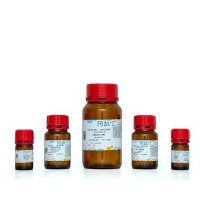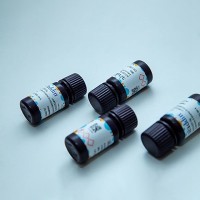Determination of Aliphatic Low-Molecular-Weight and Biogenic Amines by Capillary Zone Electrophoresis
互联网
558
Low-molecular-weight (LMW) aliphatic amines play a key role in the global nitrogen cycle, are involved in nutrient transfer, and act as buffer in the ecosystem. They are widely used as intermediates in chemical synthesis and were shown to cause occupational asthma. Biogenic amines occur in all living organims and have an effect on the cell growth, although at high concentrations they can be toxic; some are used as cancer markers in health protection or as spoilage markers in foods. Their identification and quantification from different matrices such as human tissues or foods is of high importance. The electrophoretic separation of amines is possible as cations as a result of their high basicity; their detection, however, is more difficult because these amines contain no chromophor group. Indirect ultraviolet (UV) detection is the first presented possibility and widely used for the separation of nonderivatized amines. Otherwise, derivatization of the amines is nesessary to directly detect them with laser-induced fluoresence (LIF) detection. Other detection modes such as pulse amperometric, chemiluminescence, or mass spectrometry have been also used for the determination of LMW and biogenic amines, but not on a routine basis. In this chapter, three capillary electrophoretic methods with indirect UV and LIF detection for detemination of LMW aliphatic and biogenic amines are described.









